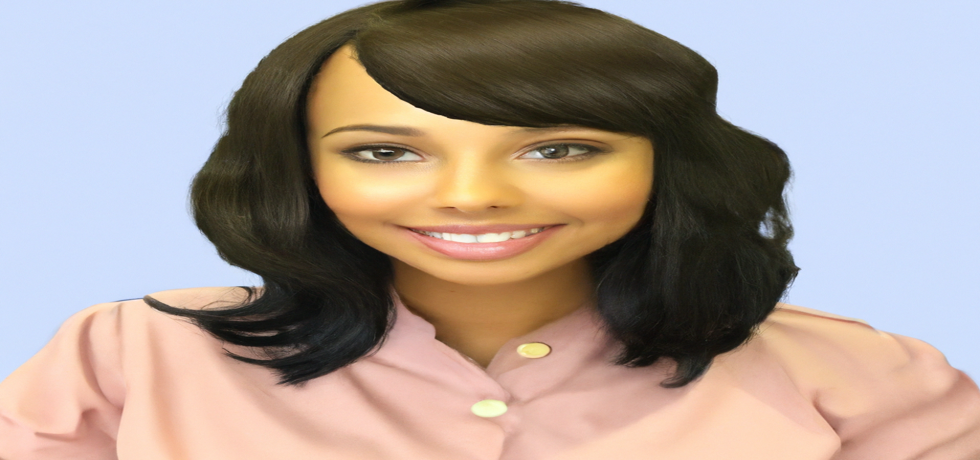
Illuminating Insights: The Power of Phototherapy
Introduction to Phototherapy
Have you ever thought about how light could be a remedy for certain skin conditions? Phototherapy is an innovative treatment that harnesses the power of specific wavelengths of light to address various dermatological issues. From psoriasis to eczema and even acne, this treatment offers a beacon of hope for many individuals. Let’s delve into the illuminating insights and realize just how impactful phototherapy can be for skin health and well-being.
Understanding Phototherapy
Phototherapy involves exposure to artificial light sources to treat skin disorders effectively. By utilizing ultraviolet (UV) light or blue light, our dermatologists can help alleviate symptoms and improve skin appearance. This non-invasive approach has gained popularity in recent years, proving to be an effective alternative for those seeking eczema treatment and other skin care solutions. The process is safe when administered by professionals at The Skin Artistry, enhancing the treatment experience.
Types of Phototherapy
Various types of phototherapy cater to specific skin conditions. Narrowband UVB therapy, for instance, is often utilized for psoriasis treatment, offering remarkable results in symptom relief. Another notable option is blue light therapy, primarily targeting acne by reducing the bacteria causing breakouts. Each type has its unique benefits, making phototherapy an adaptable option suitable for various individuals. Consulting with experts can help you determine which method aligns best with your needs.
Benefits of Phototherapy
The benefits of phototherapy extend beyond just treating skin conditions. It is known to improve skin texture, decrease inflammation, and enhance overall skin health. Additionally, by opting for light therapy, patients often experience fewer side effects compared to traditional medications. This non-invasive approach not only addresses issues effectively but also empowers individuals who seek to boost their skin confidence. The Skin Artistry team emphasizes this holistic approach to dermatology, revolutionizing how one can achieve healthy, glowing skin.
What to Expect During Treatment
If you’re considering phototherapy, understanding what to expect is crucial. During your session, you will typically be positioned in front of a light source that emits UV or visible light. Sessions usually last 15 to 30 minutes, and the recommended frequency varies depending on your condition. Many patients experience noticeable improvements after several sessions, but individual results may vary based on skin type and condition severity. At The Skin Artistry, you’ll receive personalized care from trained professionals to ensure optimal outcomes.
Conclusion: Embrace the Light
Phototherapy represents a significant advancement in dermatology, providing an effective and safe option for treating skin conditions. If you’re struggling with skin issues such as psoriasis or acne, consider discussing phototherapy with your dermatologist. Embrace the light and let it illuminate your path to healthier skin. Reach out to The Skin Artistry for tailored advice and solutions to meet your skincare needs.
FAQs
Is phototherapy safe for all skin types?
Yes, phototherapy is generally safe but should be customized to individual skin types for maximum effectiveness.
How long does it take to see results?
Many patients begin to see improvements after a few weeks of treatment, but this can vary based on individual conditions.
Yes, phototherapy is generally safe but should be customized to individual skin types for maximum effectiveness.
How long does it take to see results?
Many patients begin to see improvements after a few weeks of treatment, but this can vary based on individual conditions.
For professional assistance and expert advice from leading dermatologists like Dr. Hital Patel, experience the benefits of phototherapy with Hair & Skin Specialist Dr. Hital Patel at The Skin Artistry. Our clinics in PDPU Gandhinagar, Vastrapur Ahmedabad and Hyderabad offer top-quality care and personalized treatments. Visit us today to learn more about our services and take advantage of our special offers! For more insights, updates, or to collaborate, stay connected with The Skin Artistry.

